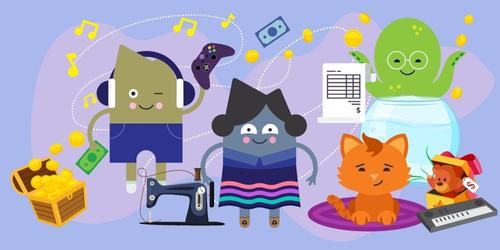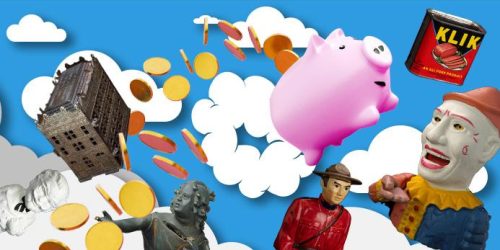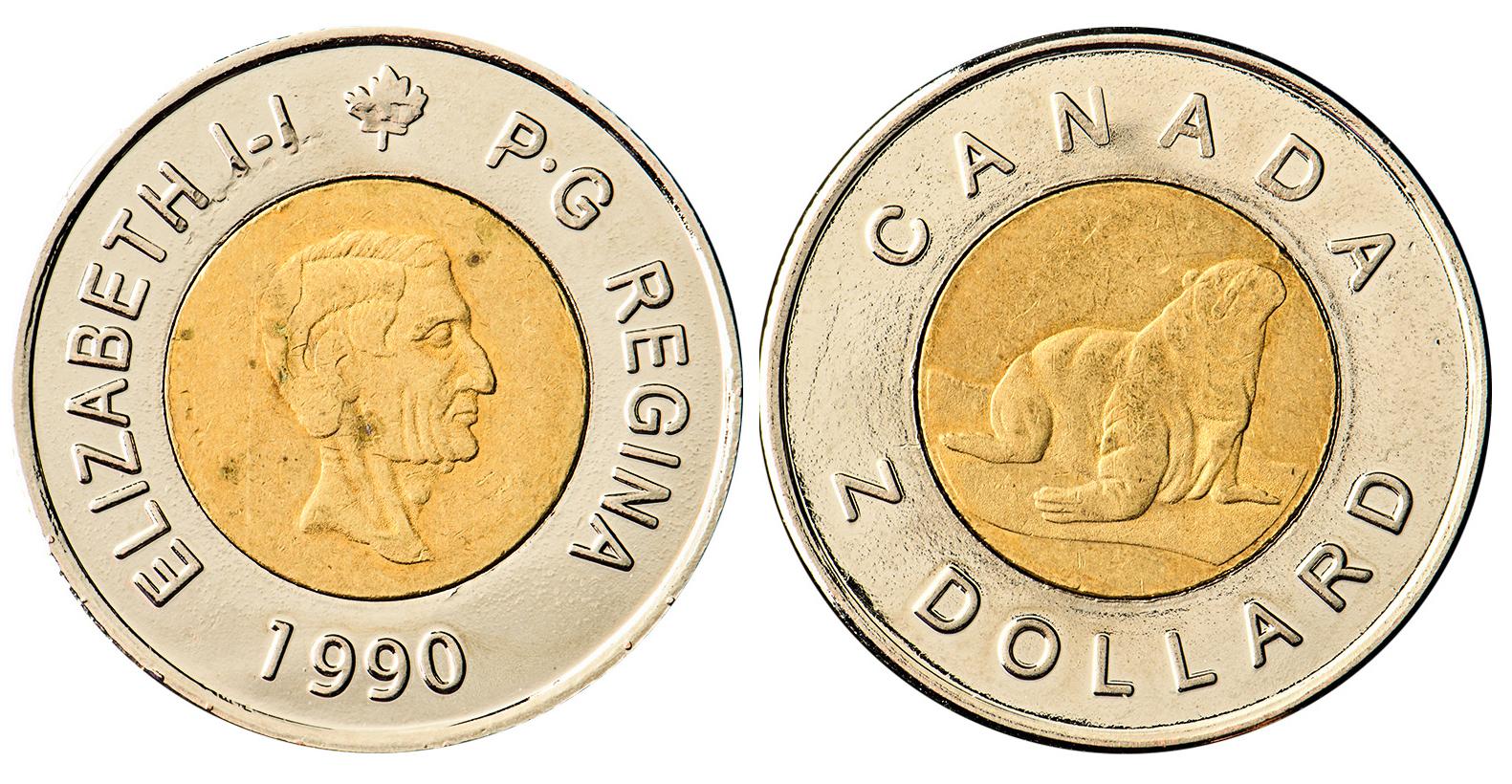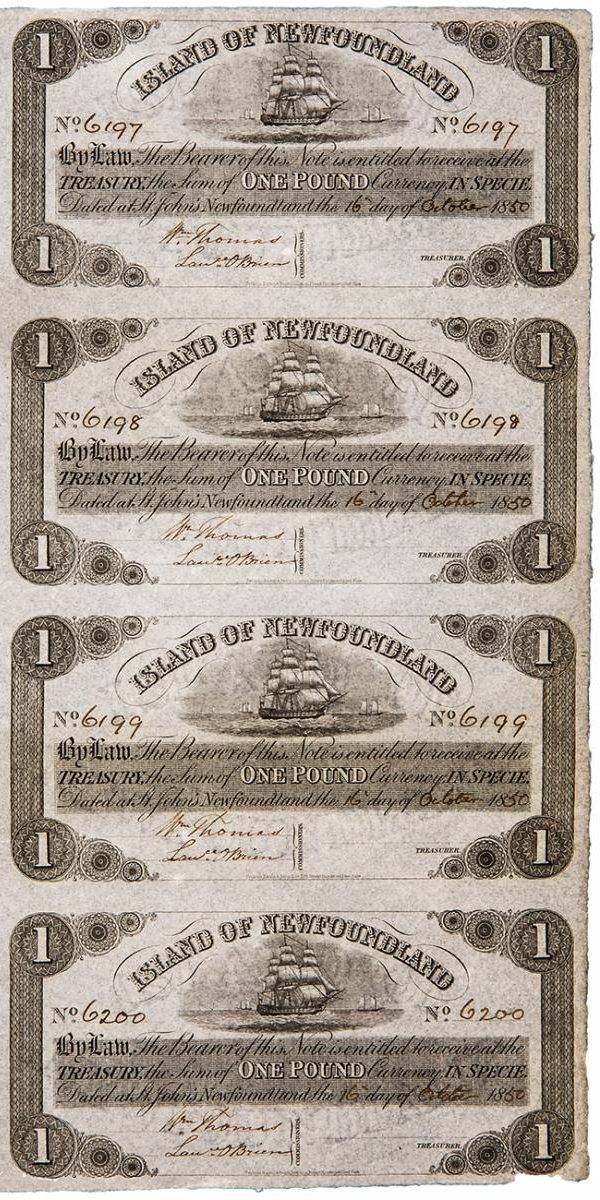From public donations to collaborations with partners, the Bank of Canada Museum’s acquisitions in 2024 highlight the relationships that help shape the National Currency Collection.
Acquisitions are about strengthening relationships
Each year the Museum receives dozens of offers from the public to donate or sell objects to the National Currency Collection. Add to that the ever-growing list of objects the curators bring to the acquisition committee’s attention to develop the collection. Yet beyond the donations and purchases, items that are otherwise restricted from public ownership can be obtained only from the organizations that are responsible for their manufacture or their seizure. Therefore, it is important for the Museum to have relationships with these organizations.
The RCMP’s National Anti-Counterfeiting Bureau
The Royal Canadian Mounted Police has a core team dedicated to investigating crimes related to counterfeiting. The National Anti-Counterfeiting Bureau (NACB) physically examines counterfeit bank notes and is the central repository of all counterfeit currency recovered from circulation in Canada. The NACB maintains a national database of counterfeit bank notes and assists in identifying counterfeit trends and supporting criminal investigations. The expert team also receives and examines other items that may be related to counterfeiting and fraud, including negotiable instruments such as cheques and stamps, travel and identity documents, and coins and payment cards. Statistics from the RCMP show that the number of counterfeit notes and coins in circulation has been declining overall. But any threat of counterfeiting can potentially erode people’s confidence in using cash.
Royal Canadian Mint
As the producer and distributor of Canada’s coins, the Royal Canadian Mint maintains a strong relationship with the Museum. Over the years, the Mint has transferred its holdings of production tools to the Museum to preserve the Mint’s legacy as a leading organization in coin production. The process of minting coins has evolved. Fortunately, the National Currency Collection includes objects that showcase many of the Mint’s important milestones. In 2024, the Mint transferred hundreds of master dies and punches to the Museum for long-term preservation and public appreciation.
The Rooms
The Museum also maintains relationships with other cultural institutions through long-term loan agreements. Sometimes these loans become permanent. Earlier this year, The Rooms in St. John’s officially transferred a sheet of Government of Newfoundland treasury notes from its collection to the Museum. Issued in 1850, the £1 notes were among the first examples of paper money to circulate in Newfoundland. They were printed in sheets of four notes, numbered by hand and signed by two commissioners. Today, early Newfoundland notes are very rare. This sheet had been on loan to the Museum since 1974. Though the exact purpose of the original loan is undocumented, it was likely intended to exhibit this unique item in the new Bank of Canada Currency Museum, which was in planning as part of the expansion of the Bank’s head office in the mid-1970s. Sheldon Carroll, a former curator of the National Currency Collection, would likely have negotiated the loan from The Rooms through prominent Newfoundland numismatist C. Francis Rowe, who by profession was a meteorologist at St. John’s International Airport. Over time, the terms of the loan expired and were never updated until The Rooms contacted the Museum to inquire about the sheet of notes.
And there’s always a steady stream of acquisitions from the public
Beyond the items acquired from our institutional partners, the National Currency Collection continues to grow each year thanks to public donations and private purchases. Here are some more treasures acquired in 2024:
The Museum Blog

Webinars
Join us for fascinating talks by Museum and Bank of Canada experts. Register for upcoming events or catch up on previous presentations.

Saving and spending
Students will experience financial goal setting, planning and setbacks. They will plan for a character’s short- and long-term financial goals by using saving and spending strategies.

Speculating on the piggy bank
Ever since the first currencies allowed us to store value, we’ve needed a special place to store those shekels, drachmae and pennies. And the piggy bank—whether in pig form or not—has nearly always been there.


